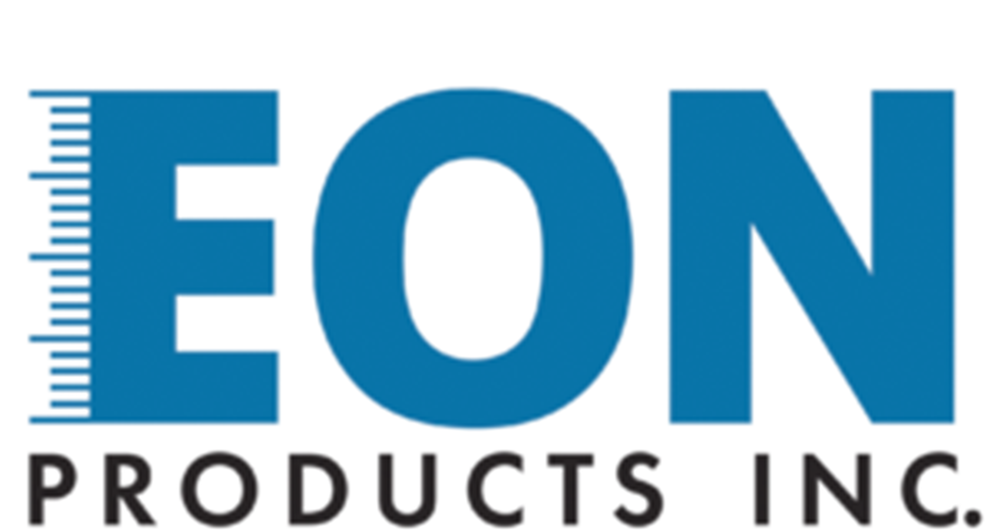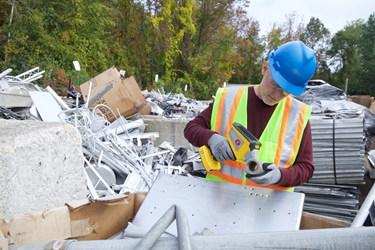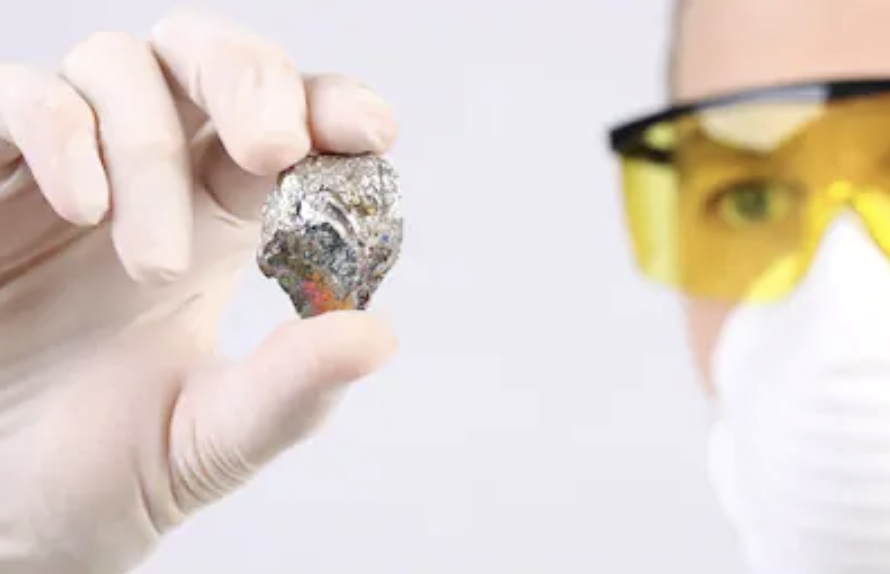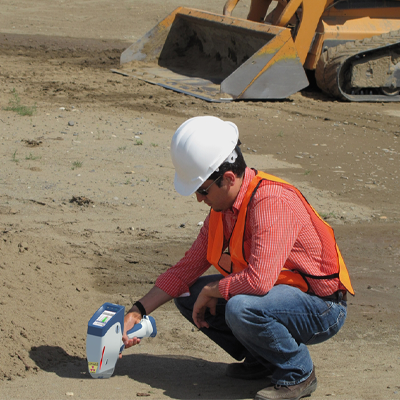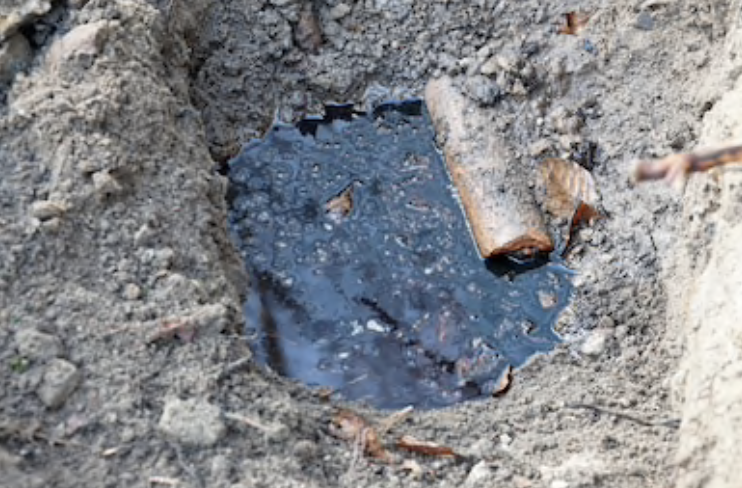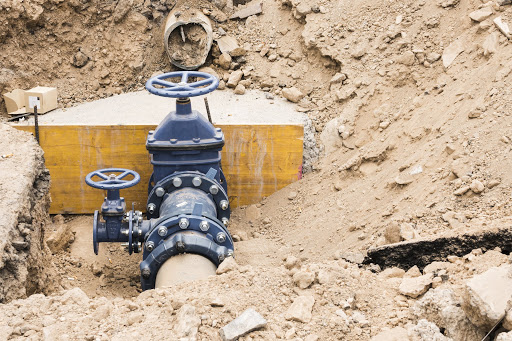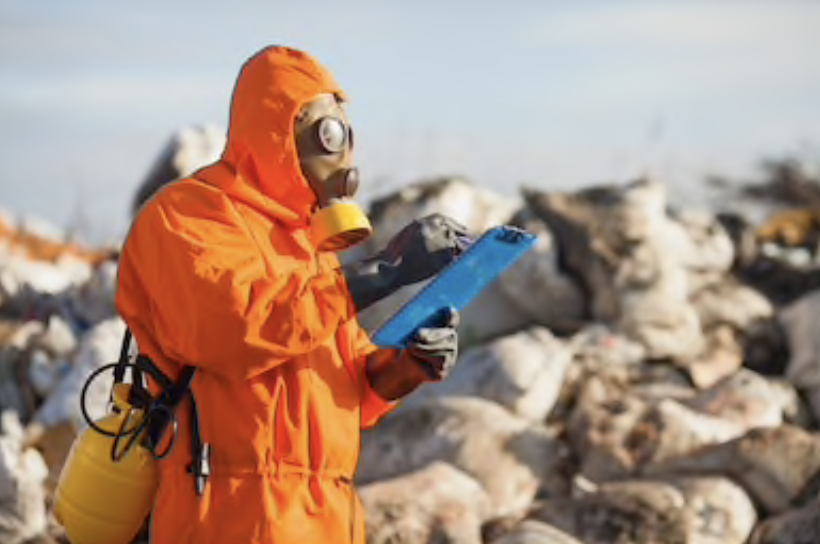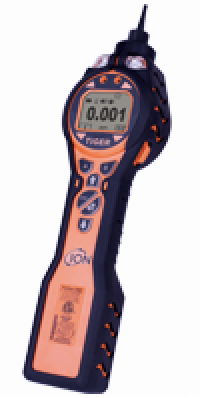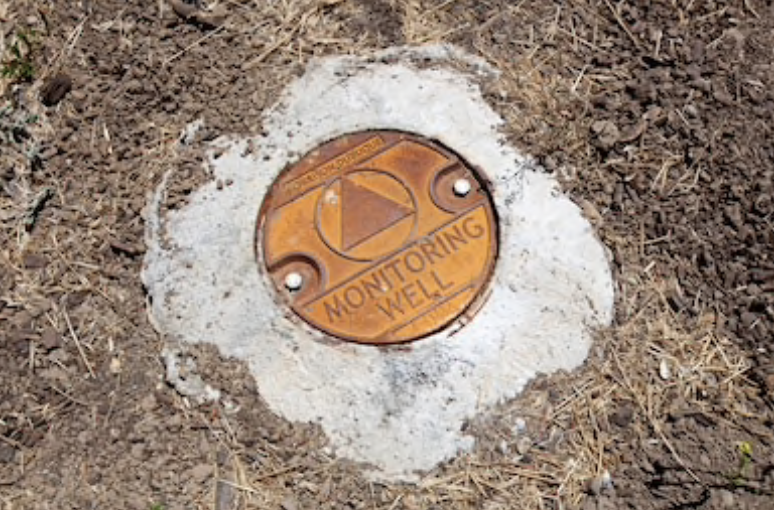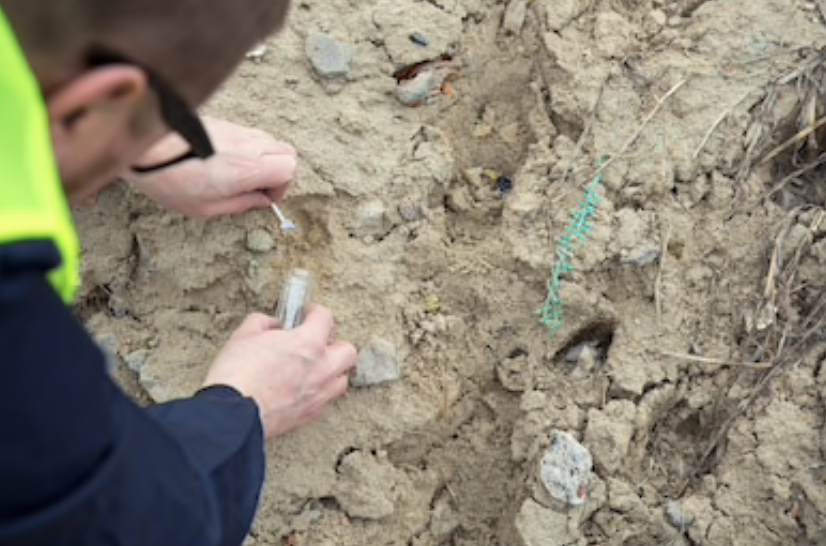What are PFAS Chemicals?
Per- and polyfluoroalkyl substances (PFAS) are synthetic chemicals that are manufactured and utilized in a variety of industries worldwide. Despite the commonality of these man-made substances including PFOA, PFOS, and GenX, PFAS have been shown to have a correlation with negative health effects.

Where can you find it?
PFAS commonly finds its way into surface water, groundwater and drinking water supply from sources including landfills, wastewater treatment facilities, and even firefighter training area where PFAS in fire-fighting foams soaks into the soil and is carried away by runoff from rain. Once in the soil and water, this substance accumulates and finds its way into living organisms, such as plants and fish, and then up the food chain to humans. Food is often grown in soil that contain the substance, and prepared foods are often packaged in PFAS-coated wrappers. Many common household products contain the substance as well, including but not limited to: paint, polishes, waxes, cleaning products, and water-repellant fabrics.
There is an extensive list of consumer products that contain these chemicals, including cookware, pizza boxes, stain repellants, and clothing.
What are the effects of PFAS?
Animals and the human body are not equipped to break down PFAS, which means these chemicals can build up in organs and tissues. Animals that have been exposed to PFAS exhibit changes in liver, thyroid, and pancreatic functions. Increased cholesterol levels are one of the leading effects of PFAS exposure in humans. Other consequences can include low infant birth weights, depreciated immune systems, thyroid hormone disruption from exposure to PFOS, and even can cancer from PFOA.
How can you reduce PFAS exposure?
If you live in or near an area impacted by PFAS contaminants, you can check with local water boards to see if there are any advisories in effect for drinking water. the Interstate Technology Regulatory Commission (ITRC) is an organization of technical professional that have published Fact Sheets and informational documents on PFAS and other compounds that affect human health.
Additionally, the United States Environmental Protection Agency (EPA) has made significant progress under the PFAS Action Plan to help states and local communities address the substance and its effects, and protect public health.

EON’s solution
Much of the drinking water and agricultural irrigation in the U.S. comes from groundwater. Monitoring groundwater for PFAS and taking action to reduce the impact of contaminated groundwater is of critical importance to preventing its spread throughout the food chain. EON Products manufactures and provides passive groundwater samplers to environmental monitoring consultants, who then use these devices to accurately sample virtually any compound in the groundwater including; VOCs, Metals, Semi-Volatiles, 1,4 Dioxane, and Per and Polyfluoroalkyl Substances. Users experience all the ease of use and cost saving benefits of passive diffusion sampling plus verified performance on sample results for the low concentrations, to less than 2 parts per trillion, of some of the more commonly detected PFAS in the environment.
Our PDBs are made from materials that do not contain PFAS and have been listed as acceptable materials for sampling this substance. And, because they are immersed in the aquifer water for an extended time, concentrations in the groundwater are able to equilibrate with the PDB sampler materials before the sampler is removed, virtually eliminating the potential for low-bias caused by absorption to the sampler materials.
For more information on our passive groundwater samplers for PFAS and other compounds of emerging concern, contact the experts at EON today.
